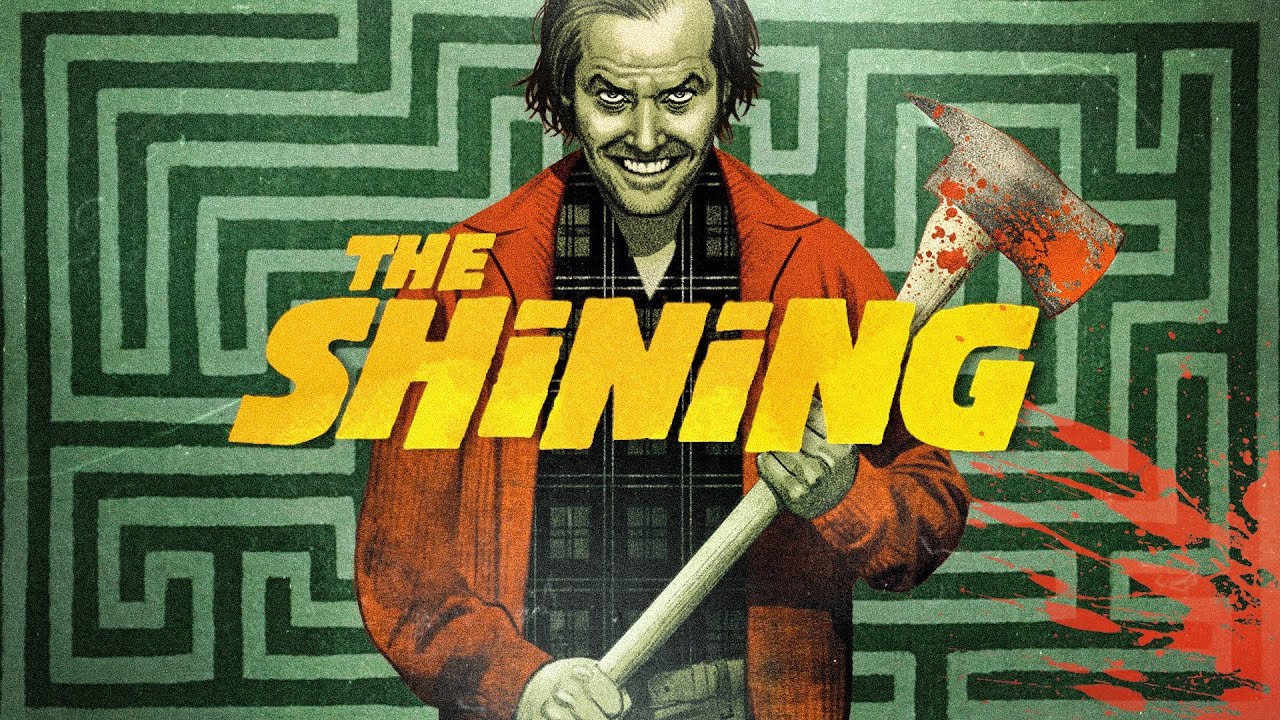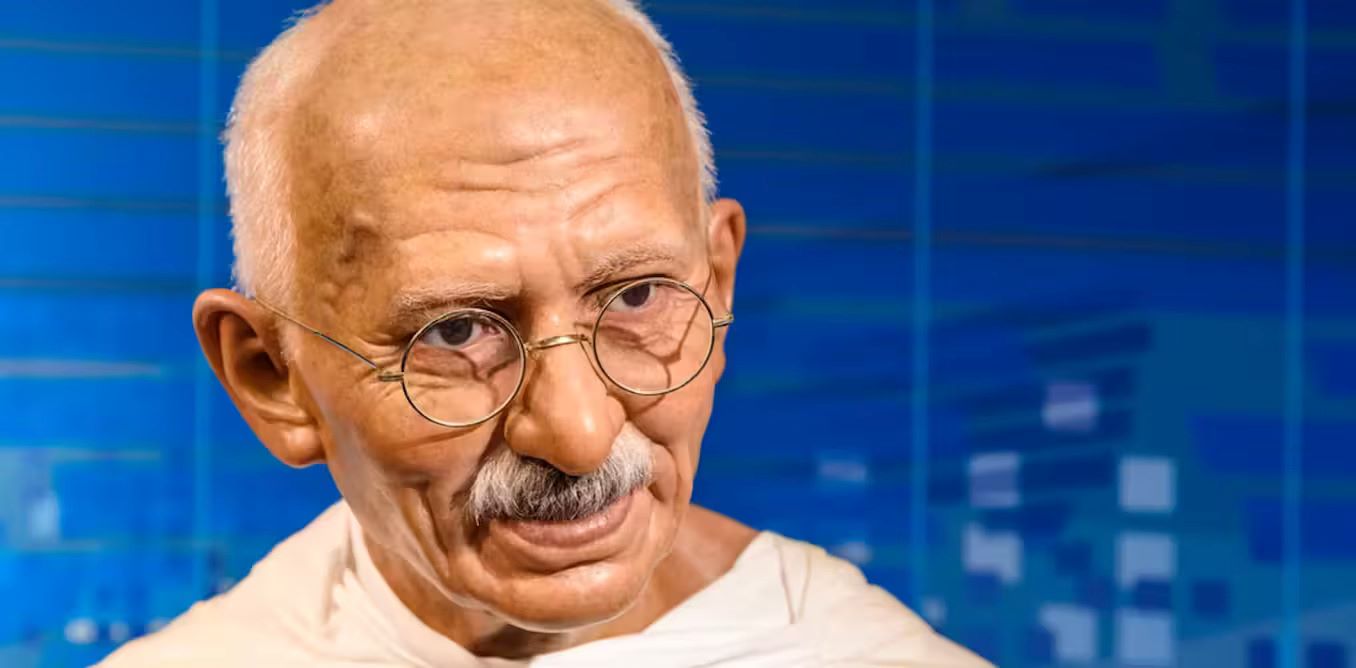
The Shining, directed by Stanley Kubrick and based on the novel of the same name by Stephen King, is undeniably one of the most iconic films in the horror genre. Released in 1980, this psychological thriller has enthralled audiences for decades with its eerie atmosphere, brilliant performances, and thought-provoking storytelling.
The film follows the story of the Torrance family, who move into the isolated Overlook Hotel during the winter season. As the hotel’s sinister history begins to unravel, the family becomes increasingly plagued by supernatural occurrences and the unraveling mental state of Jack Torrance, played masterfully by Jack Nicholson.
In this article, we delve into 44 fascinating facts about The Shining that will give you a deeper appreciation for this cinematic masterpiece. From Kubrick’s meticulous attention to detail to the film’s enduring legacy, prepare to be captivated by the secrets and trivia surrounding The Shining.
Key Takeaways:
- The Shining” is a classic horror film released in 1980, based on a novel by Stephen King, and known for its eerie atmosphere, iconic performances, and psychological depth.
- “The Shining” has left a lasting impact on the horror genre, inspiring countless discussions, interpretations, and references in popular culture, making it a timeless and influential piece of cinema.
The Shining is a psychological horror film.
Directed by Stanley Kubrick, The Shining is widely regarded as a masterpiece in the horror genre.
The film was released in 1980.
The Shining captivated audiences upon its release and has since become a cult classic.
It is based on the novel written by Stephen King.
The film follows the story of the Torrance family as they stay in an isolated hotel during the winter.
Jack Nicholson stars as Jack Torrance, the protagonist.
Nicholson’s chilling performance became an iconic portrayal of madness and desperation.
The Overlook Hotel serves as the main setting of the film.
The eerie atmosphere and labyrinthine corridors of the hotel contribute to the sense of isolation and dread.
Stanley Kubrick meticulously crafted the visual aspects of the film.
His attention to detail and innovative use of camera techniques added to the film’s unsettling atmosphere.
The film’s famous line, “Here’s Johnny!”, was improvised by Jack Nicholson.
The iconic moment has become one of the most memorable scenes in horror movie history.
The Shining features a haunting musical score composed by Wendy Carlos and Rachel Elkind.
The eerie soundtrack adds another layer of tension and suspense to the film.
The film explores themes of isolation, madness, and the supernatural.
These themes contribute to the psychological depth and impact of the story.
Danny Lloyd, who plays Danny Torrance, was only six years old during filming.
His portrayal of the young boy with psychic abilities is both impressive and unsettling.
The Shining was not initially well received by critics.
However, it has since gained recognition as a classic and influential piece of cinema.
The hedge maze in the film was constructed on a soundstage.
This allowed for greater control over the sequences that take place within it.
The film’s infamous elevator scene took nine days to shoot.
The meticulous attention to detail and special effects make it a standout moment.
Shelley Duvall, who plays Wendy Torrance, was reportedly under significant stress during filming.
Her tense performance adds to the overall atmosphere of unease in the film.
The Shining is known for its ambiguity and open-ended conclusion.
This leaves room for interpretation and discussion among viewers.
The film’s original run-time was much longer.
Stanley Kubrick later trimmed it down to its current length for theatrical release.
Many of the shots in The Shining utilize wide-angle lenses.
This enhances the distorted and unsettling visual style of the film.
The film was shot on location at the Timberline Lodge in Oregon.
The hotel’s grand architecture adds to the overall grandeur and eeriness of the setting.
The Shining has been referenced and parodied in numerous other films and TV shows.
Its impact on popular culture is undeniable.
Stanley Kubrick was notorious for his perfectionism on set.
Actors had to perform numerous takes to achieve the desired result.
The film’s iconic poster features the blood-soaked elevator doors.
This image has become synonymous with the horror genre.
British actress Lisa Burns played the role of the creepy Grady Twins.
Their eerie presence adds to the supernatural elements of The Shining.
The Shining was partially filmed using a unique low-light camera lens.
This allowed for the creation of dimly lit scenes with atmospheric shadows.
The film explores the concept of the “haunted house” as a metaphor for the human psyche.
This psychological aspect adds depth to the horror elements of the story.
The Shining has been analyzed and dissected by film scholars for its symbolism and hidden meanings.
It continues to be studied and discussed in the realm of film studies.
The film’s haunting score by Wendy Carlos features an unsettling mix of orchestral and electronic elements.
This further enhances the eerie atmosphere of the movie.
The Shining utilizes long tracking shots to create a sense of unease and tension.
These extended takes add to the film’s immersive experience.
The film’s production design earned an Academy Award nomination.
The attention to detail in recreating the Overlook Hotel is truly remarkable.
The Shining was not a box office success upon its initial release.
However, it has since gained a massive following and continues to be highly regarded.
The film’s iconic carpet pattern in the Overlook Hotel has become instantly recognizable.
It has been referenced and replicated in various forms of media.
The Shining is known for its iconic and terrifying ghostly characters.
The presence of these spirits contributes to the sense of horror throughout the film.
The film’s use of color symbolism is highly significant.
Red is a prominent color throughout the movie, representing danger and blood.
The Shining has inspired numerous conspiracy theories and alternate interpretations.
The cryptic nature of the film has led to endless speculation.
The film’s labyrinthine hallways add to the sense of disorientation and unease.
The confusion and claustrophobia experienced by the characters intensify the horror.
The Shining features a memorable performance from Scatman Crothers as Dick Hallorann.
His character provides insight into the supernatural elements of the story.
The film’s chilling atmosphere is enhanced by its minimal use of jump scares.
Instead, it relies on psychological terror to elicit fear in the audience.
The Shining’s screenplay was adapted by Stanley Kubrick and Diane Johnson.
Their collaboration resulted in a screenplay that effectively captures the essence of Stephen King’s novel.
The film’s famous “Here’s Johnny!” scene pays homage to The Johnny Carson Show.
Jack Nicholson’s improvised line became an iconic moment in cinematic history.
The Shining’s impact on the horror genre cannot be overstated.
It paved the way for a new wave of psychological horror films.
Stanley Kubrick’s meticulous attention to detail is evident in every frame of the film.
The visual symbolism adds layers of depth to the overall narrative.
The Shining’s slow-burn pacing builds tension and suspense throughout.
The gradual descent into madness keeps the audience on the edge of their seats.
The film’s ending is intentionally vague and open to interpretation.
This allows for individual analysis and discussion among viewers.
The Shining’s legacy extends beyond the realm of film.
It has inspired countless works of art, literature, and music.
The film’s shocking and unforgettable climax remains etched in the minds of audiences.
The final moments leave a lasting impact that continues to disturb and captivate viewers.
Conclusion
The Shining is undoubtedly one of the most iconic and influential movies in the horror genre. Its unique blend of psychological terror, stunning visuals, and exceptional performances continues to captivate audiences to this day. With its compelling story, eerie atmosphere, and masterful direction by Stanley Kubrick, The Shining has solidified its place as a timeless classic.
From Jack Nicholson’s unforgettable portrayal of Jack Torrance to the hauntingly beautiful cinematography, this film has left an indelible mark on popular culture. Whether you’re a fan of horror movies or simply enjoy a well-crafted film, The Shining is a must-watch experience that will keep you on the edge of your seat.
FAQs
1. Is The Shining based on a true story?
No, The Shining is not based on a true story. It is actually an adaptation of Stephen King’s novel of the same name.
2. What is the significance of the hedge maze in the movie?
The hedge maze in The Shining plays a crucial role in the story, representing the labyrinthine nature of Jack’s deteriorating mental state as he becomes consumed by the hotel’s evil forces.
3. Are the spooky twins in the movie real twins?
Yes, the spooky twins in The Shining are played by real-life sisters, Lisa and Louise Burns. Their unforgettable performance adds to the chilling atmosphere of the film.
4. Why did Stanley Kubrick change certain elements from the book?
Stanley Kubrick made creative changes to the story to fit his vision and create a more psychological and surreal experience. This decision has sparked debates among fans of the novel, but it has also contributed to the film’s unique and enduring legacy.
5. What is the significance of the typewriter in the movie?
The typewriter represents Jack’s descent into madness. Its repetitive and hauntingly familiar sound serves as a constant reminder of his unraveling sanity.
The Shining's enduring legacy owes much to Kubrick's visionary direction, King's chilling source material, and themes of isolation that resonate with audiences. Uncover more fascinating facts about the legendary director Stanley Kubrick, explore the concept of geographic isolation, and dive into the mind of horror maestro Stephen King.
Was this page helpful?
Our commitment to delivering trustworthy and engaging content is at the heart of what we do. Each fact on our site is contributed by real users like you, bringing a wealth of diverse insights and information. To ensure the highest standards of accuracy and reliability, our dedicated editors meticulously review each submission. This process guarantees that the facts we share are not only fascinating but also credible. Trust in our commitment to quality and authenticity as you explore and learn with us.


